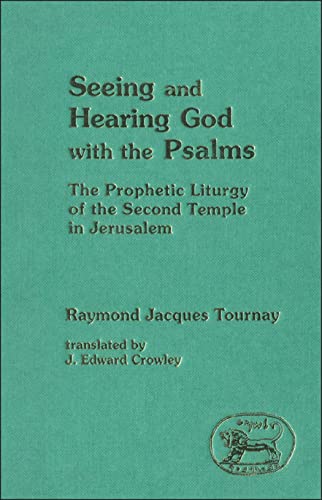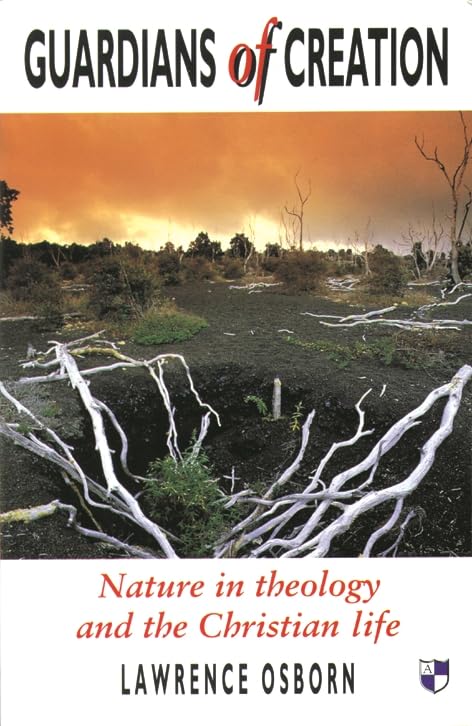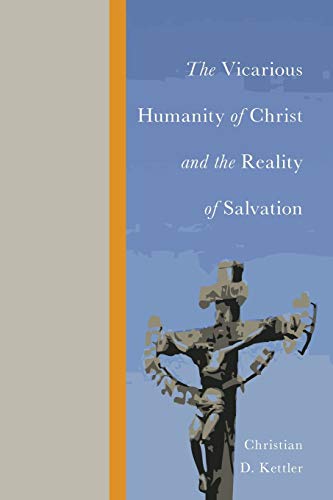Contexts for Amos: Prophetic Poetics in Latin American Perspective (JSOT Supplement 132)
Written by R. Carroll Reviewed By Richard S. HessAs a revised PhD thesis completed under the direction of John Rogerson, Carroll’s work can claim an informed and critical perspective toward the field of sociology. The opening chapters survey works by Weber, Peterson and Lang. A general critique observes both the paucity of available data for the nature of the society which Amos addressed, and commentators’ selective use of data and models to conform to their own interests, resulting in conclusions based on a single verse or on ignorance/refusal of other possible economic systems which the data could represent. Runcimann’s elements of reportage, explanation, description and evaluation are used to critique Lang’s theory of rent capitalism in defining Amos’ society. A motivation for Carroll’s pursuit of an alternative sociological approach is his keen awareness, in a Latin American context, of the life-and-death levels to which such theories have been raised in their application to concerns for liberation and equality.
The third chapter provides a theoretical framework for the subsequent study of Amos. Carroll follows Geertz in seeing religion and all ideology as possessing a relative value. Thus the Christian church is a smaller world living within a larger culture. With Berger, Carroll sees sociology as valuable in desacralizing society and programmes so that all are open to change and reform. In a search for a foundation of ethics, Carroll appreciates Maclntyre’s call for local communities to be the places in which morality can be preserved. He develops the narrative ethics of Hauerwas which argues that the formation of moral character is more important than the solution of ethical quandaries. This character is developed in the community with its tradition or set of stories which form it, these being the Bible and tradition in Christian communities. Thus Hauerwas provides the Christian frame of reference while Geertz and Berger contribute a contextual realism. Carroll’s study of Latin American culture and religion concludes that here is a world of meaning and symbols shared by all in Latin America (no class division destroys this), that any theological approach must incorporate the perspective of the poor who comprise the largest element in the society, and that any sociological description must find its values for analysis outside sociology itself. The final part of this chapter is an attempt to appreciate the sociological work of Mary Douglas. This and the arguments of Barton that speeches, such as those of the prophets, can be used for probing ancient Israelite morality, imply that the conclusions of the earlier part of the chapter can be applied to a final form study of Amos as a means of ‘using the Old Testament in the moral life of the Christian church today’ (p. 135).
In the fourth chapter Carroll justifies his final form approach using Gadamer’s idea of a ‘classic’ text and applying it to the canonical text, so that in reading it the community refers its own world to that of the text. Poetics is the method chosen because it permits an analysis of a wide range of literary matters, including characterization and point of view. Carroll does not accept as legitimate the study of a text separated from its historical context, but neither will he venture into the disputed world of attempting to recreate what is open to so much speculation. Instead, he argues for an identification of the social world in which the text was written and a consideration of the extent to which that social world agrees the world of the text of Amos. Accepting Sternberg’s conclusions that biblical ideology promotes monotheism and ethics, Carroll argues for allowing the text to speak according to its own textual strategies and the light offered by historical data’ (p. 168).
One hundred pages are devoted to the exegesis of Amos 3–6. The study in poetics traces the argument using literary structures such as chiasms and inclusions, repeated words and phrases, and portrayals of institutions and characters. Carroll consistently rejects emendations in favour of readings which capitalize on the unexpected as a means of emphasis. Amos is understood as launching a critique of the false ‘world’ which the leadership and all the people have created for themselves. This is characterized by injustice and sin, for which the religious ceremonies are not efficacious because they lack repentance. This world faces destruction because the power of Yahweh will overcome the pretence of the leadership and overturn everything. The personal involvement of Yahweh is emphasized by mention of his ‘name’ at key points throughout the chapters.
The final chapter applies the message of Amos to the Latin American world via some of the methods suggested in the first half of the book. Amos resists simplistic or reductionistic solutions to the social problems, emphasizing their complexity but also confessing that Yahweh will not be manipulated into identification with any political system or revolution. Both ethics and a true confession of Yahweh remain an essential part of proper worship.
Whether or not it succeeds in avoiding the question of historical context as much as might be implied, Carroll’s work is an important contribution to OT hermeneutics. The reader will go away with new questions to ask the biblical text and with a new appreciation of the message of Amos.
Richard S. Hess
Denver Seminary, Denver







